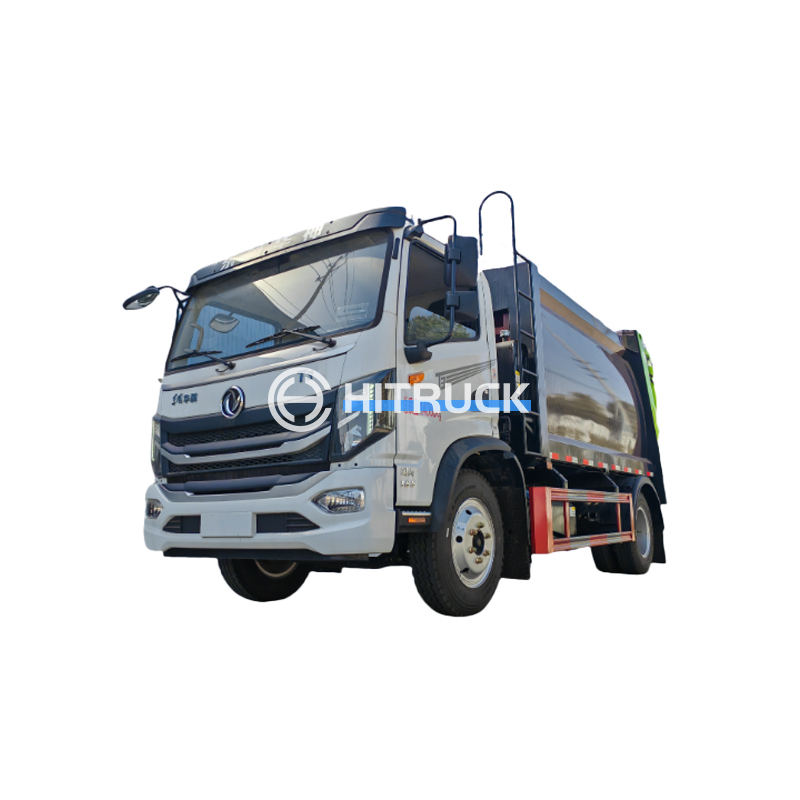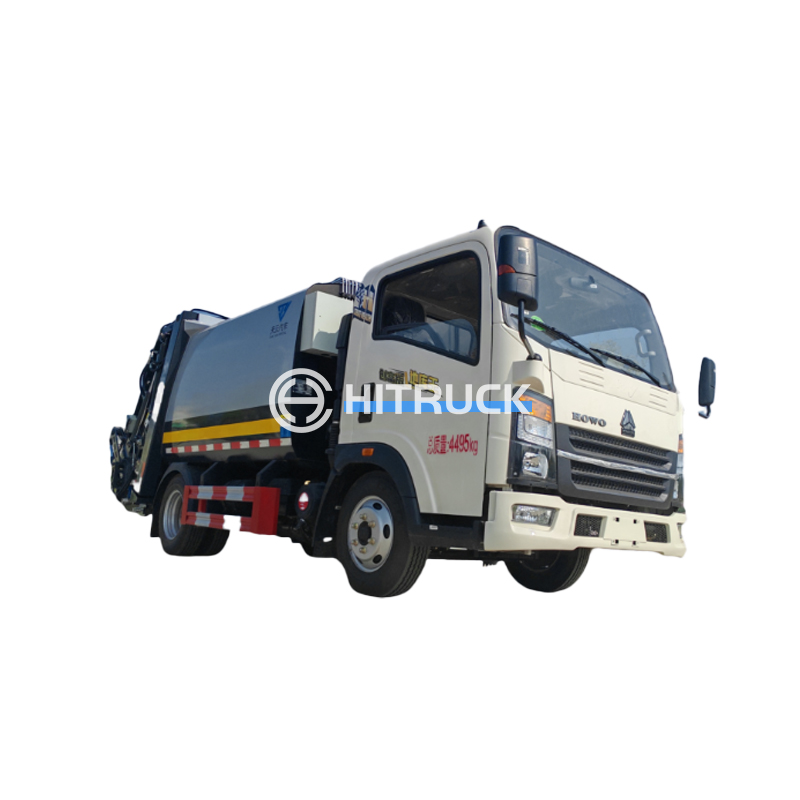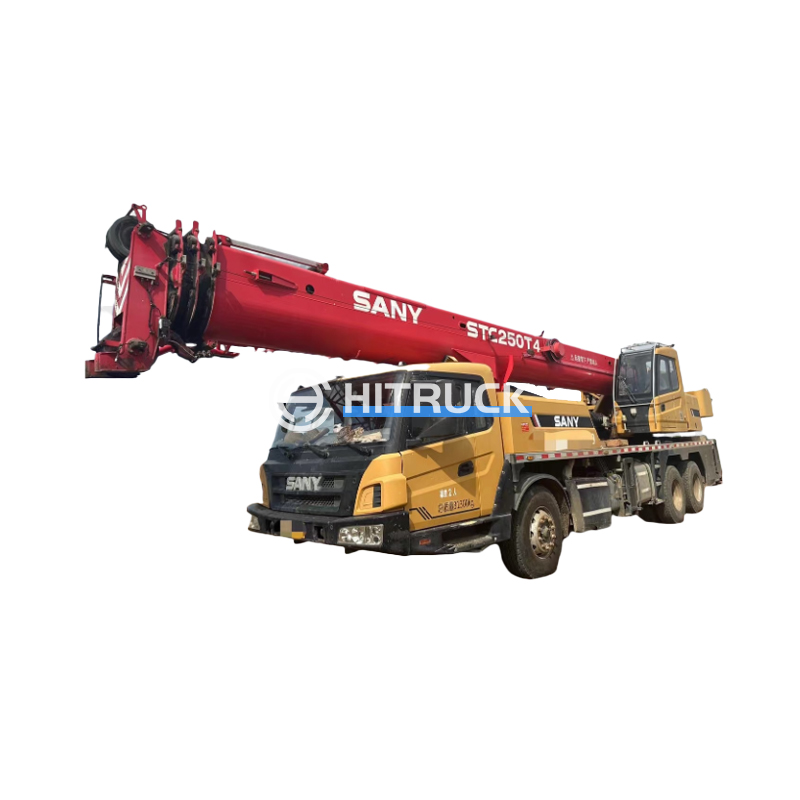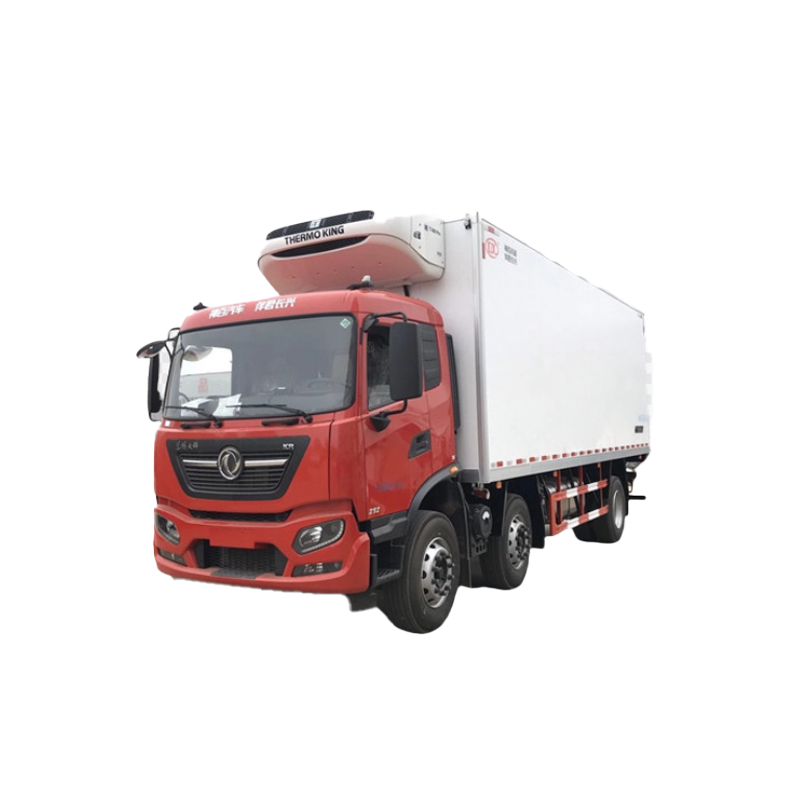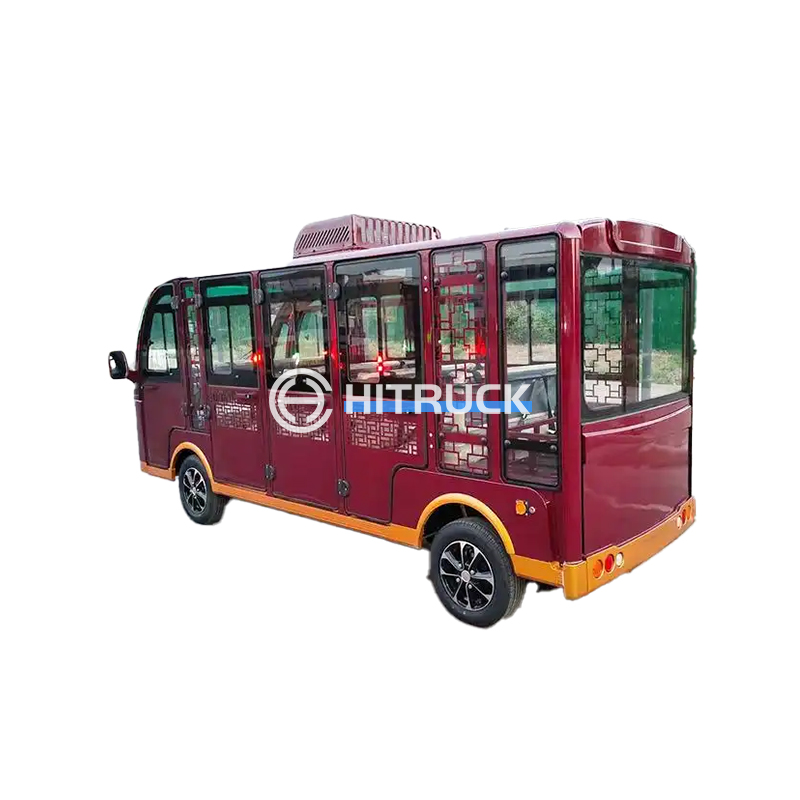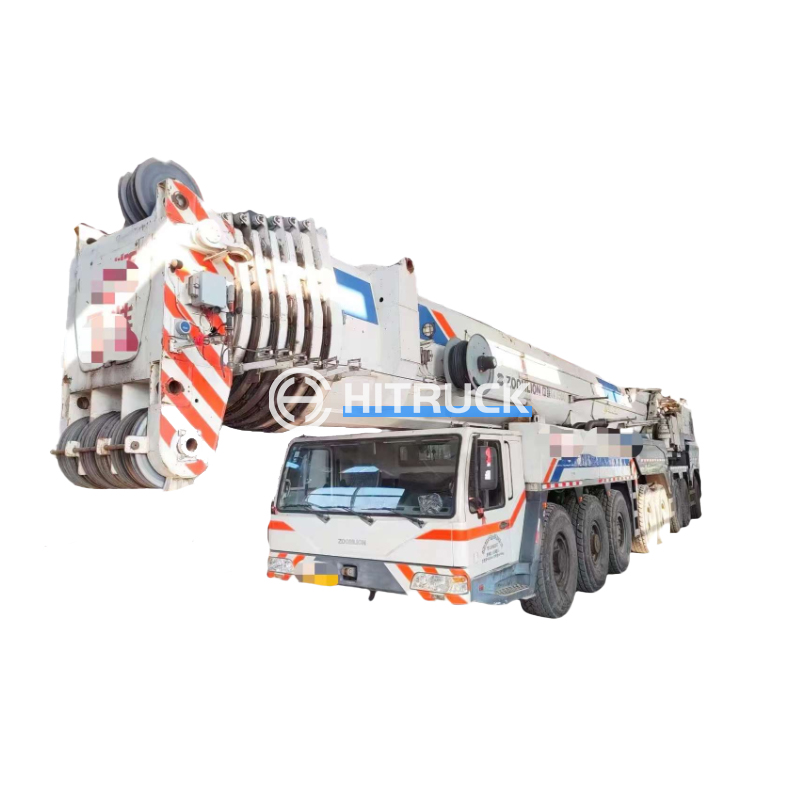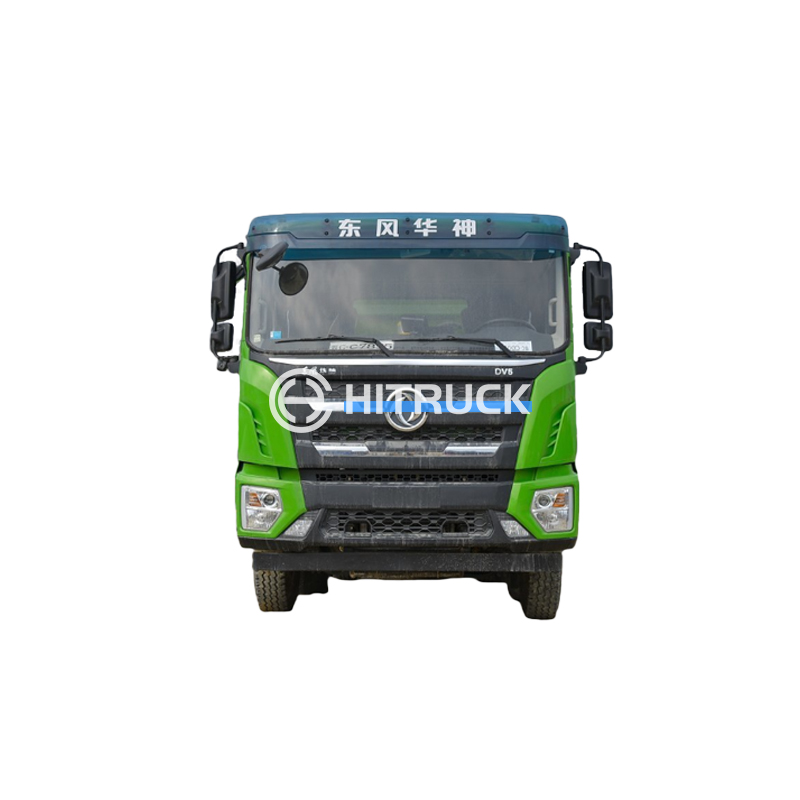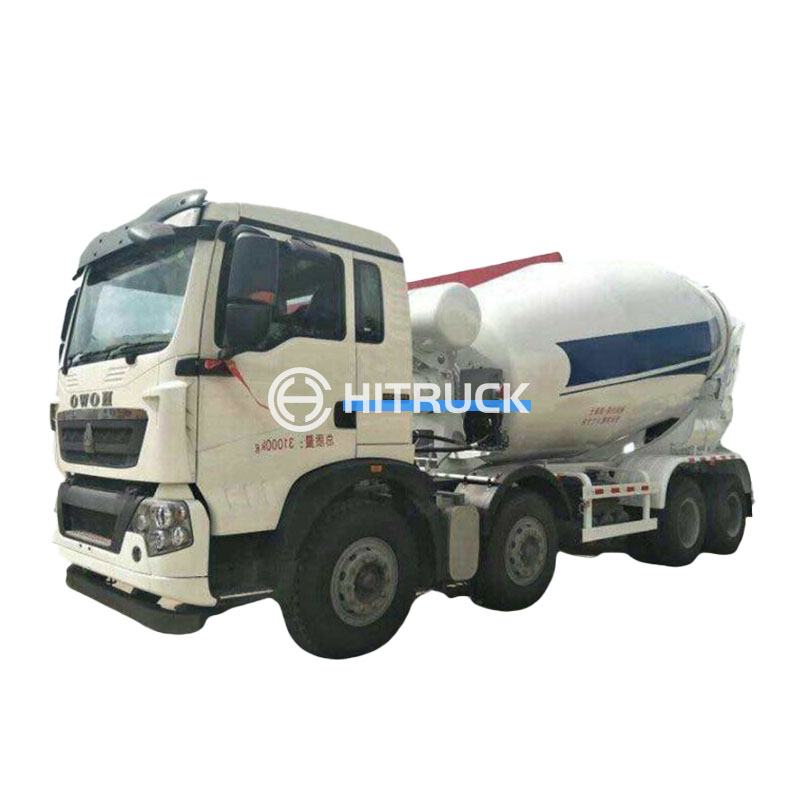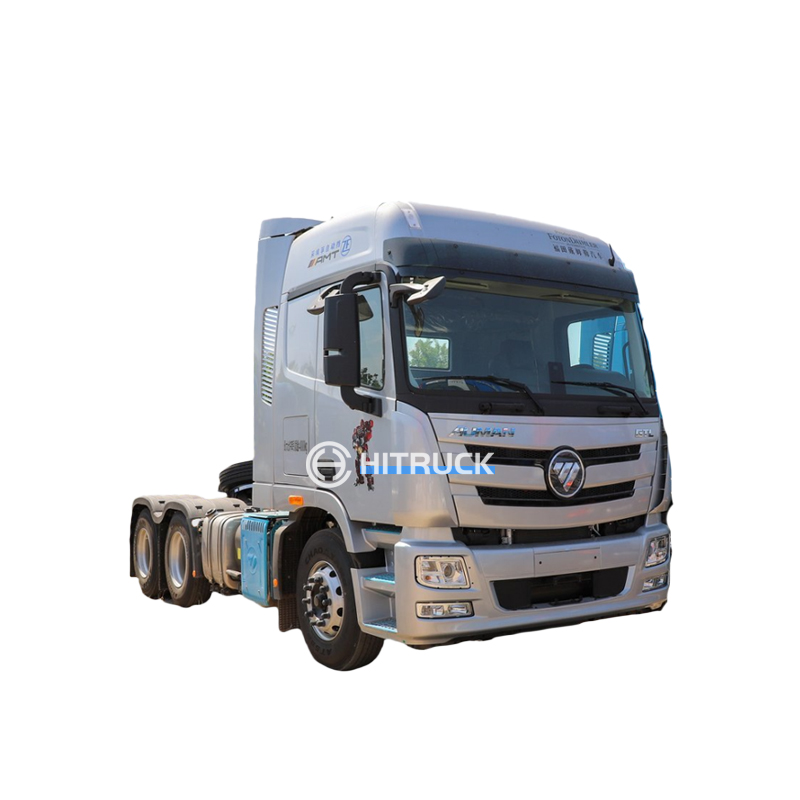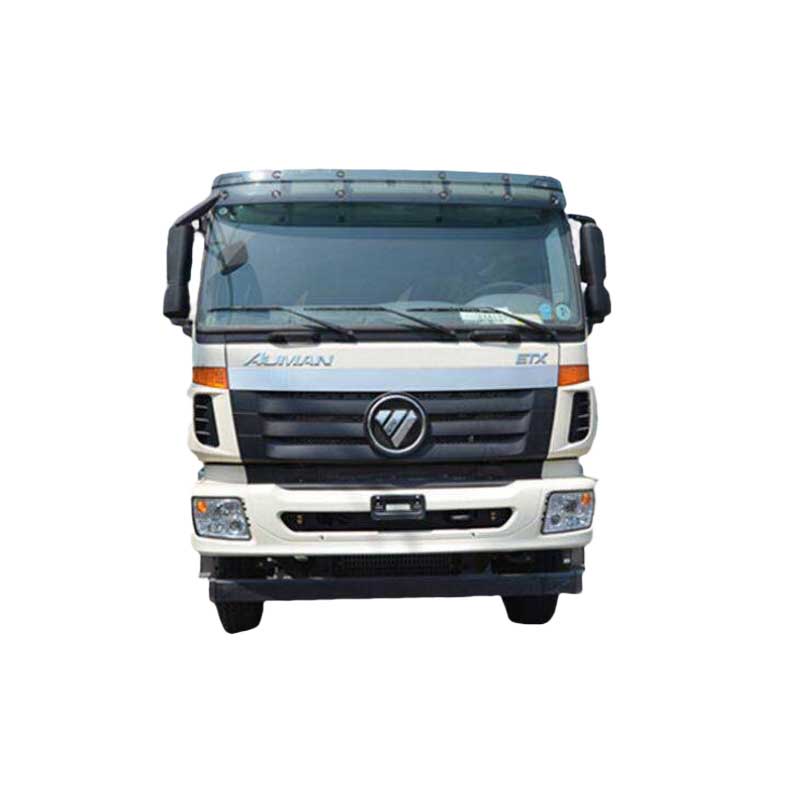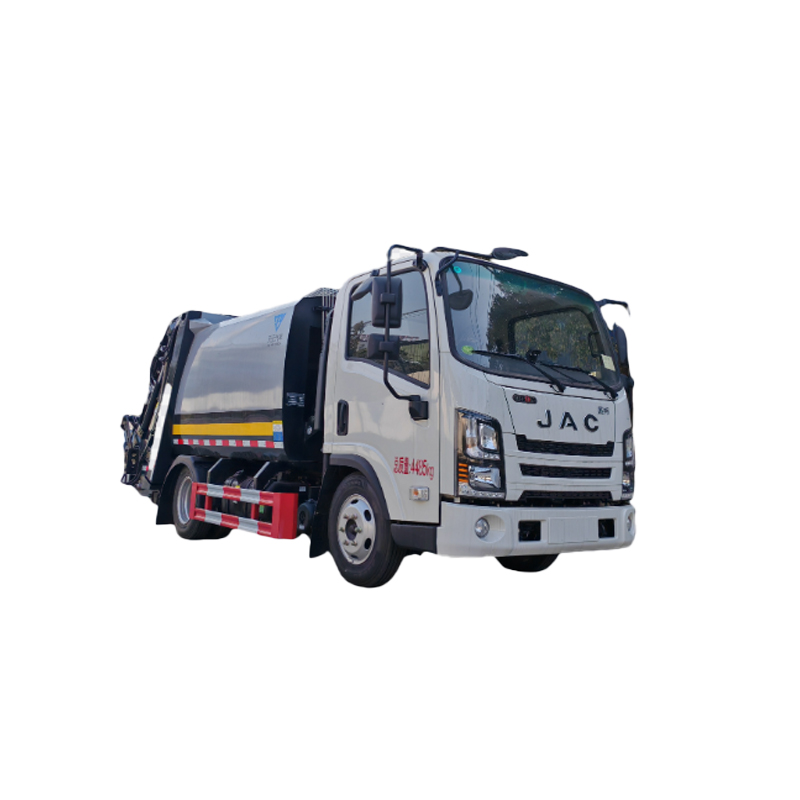This guide provides a comprehensive overview of small mobile cranes, helping you understand their capabilities, applications, and key features to make an informed decision. We'll cover various types, safety considerations, and factors to consider when selecting the best small mobile crane for your specific project.
Mini cranes, also known as spider cranes, are compact and highly maneuverable. Their small size allows them to access tight spaces, making them ideal for indoor construction projects, renovations, and confined work environments. These cranes are often lightweight and easily transported, reducing setup and relocation time. They typically have a lifting capacity ranging from a few hundred kilograms to several tons. Popular brands include JMG, Unic, and Maeda. Consider factors like lifting capacity, reach, and terrain suitability when choosing a mini crane.
Compact crawler cranes offer excellent stability due to their track-based design. They're often preferred for outdoor work on uneven terrain where stability is paramount. While slightly larger than mini cranes, they still maintain a relatively small footprint compared to larger crane models. Their lifting capacities can vary significantly depending on the model and configuration. Before purchasing, check the ground bearing capacity to ensure it’s suitable for your project.
Self-erecting cranes are designed for easy setup and dismantle. They often feature a compact design that facilitates transport and can be erected by a small crew without the need for a large crane. Their self-erecting mechanism simplifies the process significantly, saving time and resources. The lifting capacity and reach vary depending on the specific model, so carefully review specifications based on your project's needs.
The lifting capacity of a small mobile crane is the maximum weight it can lift safely. It's crucial to choose a crane with a lifting capacity that exceeds the weight of the heaviest load you anticipate. Always account for the weight of any lifting equipment or slings as well.
The reach and lifting height are critical factors determining the crane's working envelope. Consider the distance from the crane's base to the furthest point you need to lift a load, and the vertical height required. Ensure the chosen crane can adequately cover your project's needs in both reach and height.
In many cases, the ability of a small mobile crane to navigate confined spaces is a primary consideration. Consider the crane's dimensions, turning radius, and overall maneuverability, particularly if working in tight locations. Also, check the ground clearance and whether the crane can easily navigate the terrain of the worksite.
Safety should be a top priority when selecting a small mobile crane. Look for cranes with features such as overload protection systems, emergency stops, and load moment indicators. Regular inspections and operator training are also crucial for safe operation.
Many reputable suppliers offer a range of small mobile cranes. Online research and contacting local equipment rental companies are excellent starting points. For a wide selection of heavy-duty vehicles and equipment, including cranes, you may wish to explore Hitruckmall, a leading supplier in the industry. Remember to compare prices, features, and rental terms before making a decision. Always prioritize safety and reliability when selecting a crane for your project.
Selecting the appropriate small mobile crane depends on a number of factors. By carefully evaluating your project's specific requirements and considering the information provided in this guide, you can ensure you choose a crane that is both effective and safe for your project needs. Remember to always prioritize safety and consult with qualified professionals if you have any doubts.

